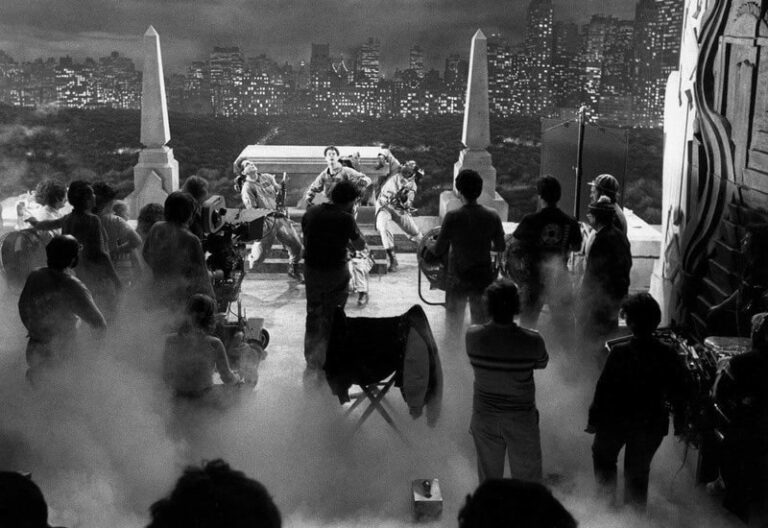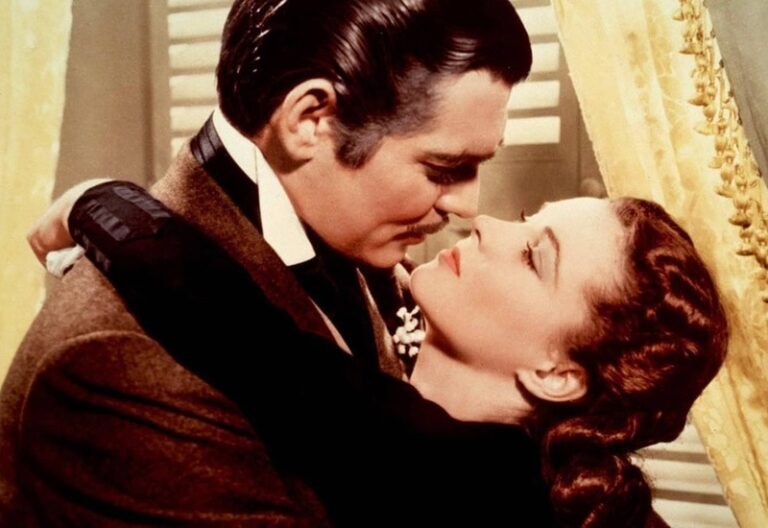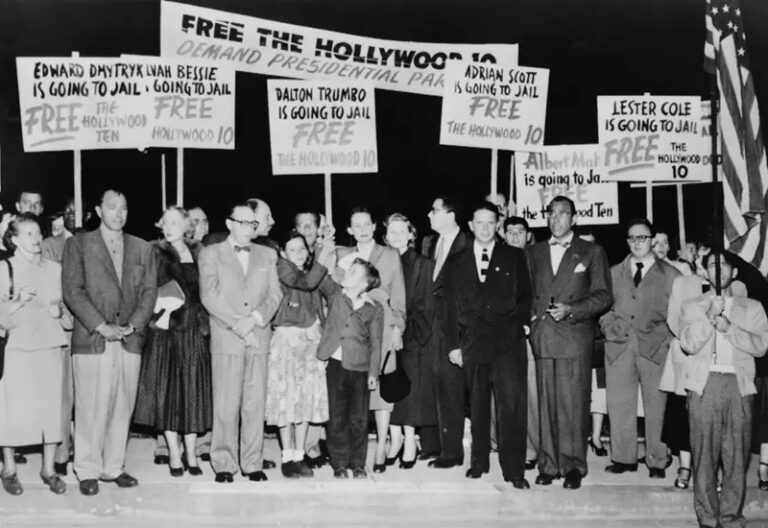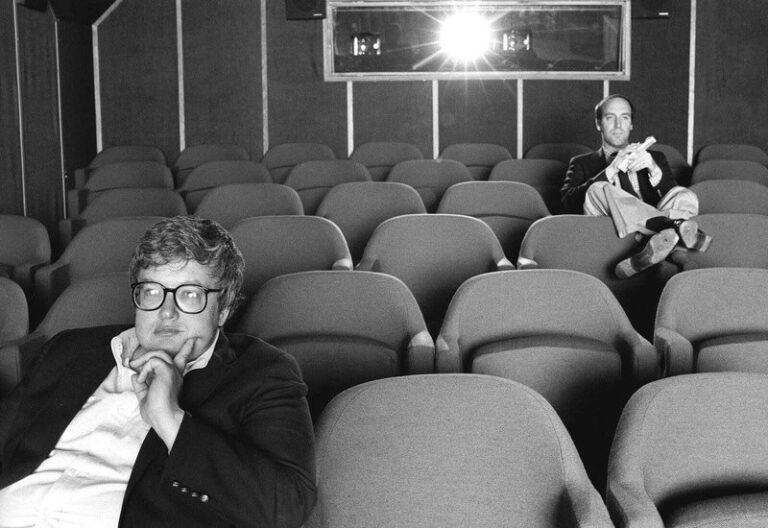hollywood's studio system era
The studio system was a dominant force in Hollywood from the 1920s to the 1950s. It was characterized by a few major studios controlling all aspects of film production, distribution, and exhibition. This system gave rise to some of the most iconic films and stars in American cinema and shaped the industry during the Golden Age of Hollywood.
Published by: CinemaWaves Team | Filed Under: Film Blog
Origins and Early History of the Studio System
Beginnings (Pre-1920s): The origins of the studio system can be traced to the early 20th century. In the 1910s, the American film industry was in its infancy, dominated by small independent studios and theaters. However, as the popularity of motion pictures grew, so did the need for more organized production and distribution methods. The establishment of “movie factories” in Hollywood allowed for greater control over the filmmaking process, and the creation of the Motion Picture Patents Company (MPPC) in 1908, led by Thomas Edison, attempted to monopolize the industry by controlling film patents and restricting independent production.
Formation of the Big Five and Little Three (1920s-1940s): By the 1920s, the “Big Five” studios: Paramount Pictures, Warner Bros., 20th Century Fox, Metro-Goldwyn-Mayer (MGM), and RKO Radio Pictures, came up as the industry’s powerhouses. They controlled everything from film production to distribution and owned extensive theater chains. The “Little Three”, that being: Universal Pictures, Columbia Pictures, and United Artists, also played significant roles but lacked the same level of control. The studio system operated like a factory, with stars, directors, writers, and crew all working under long-term contracts. This setup allowed studios to produce films efficiently and consistently, creating a stronghold on the American entertainment landscape.
Golden Age of Hollywood (1930s-1940s): The 1930s and 1940s are often referred to as the Golden Age of Hollywood, a period during which the studio system reached its peak. The major studios produced a staggering number of films each year, with a highly efficient production process. This era produced some of the most iconic films in American cinema, including “Gone with the Wind” (1939), “Casablanca” (1942), and “The Wizard of Oz” (1939). The studio system’s control over talent, production, and distribution ensured a steady stream of films that catered to a wide range of audiences.
The star system also reached its zenith during this time. Studios groomed and controlled the public personas of their contracted stars, such as Clark Gable, Bette Davis, and Humphrey Bogart. These stars were central to the studios’ marketing strategies and were often paired together in multiple films to capitalize on their popularity.

The Decline of the
Studio System
Challenges and antitrust actions (Late 1940s): The decline of the studio system began in the late 1940s, driven by several factors. One of the most significant was the United States v. Paramount Pictures, Inc. case, also known as the Paramount Decree of 1948. The U.S. Supreme Court ruled that the major studios’ control over production, distribution, and exhibition constituted a monopoly and ordered the studios to divest their theater chains. This decision effectively ended the practice of block booking (forcing theaters to buy a package of films, including undesirable ones) and opened the door for independent producers and exhibitors.
Rise of television and shifting audience (1950s): The advent of television in the 1950s further accelerated the decline. As TVs became more common in American homes, people started staying in, instead of going to the movies. The shift in audience preferences and the competition from television led studios to experiment with new formats, such as widescreen and 3D, to lure audiences back to theaters. The studios also lost their grip on talent, as actors and directors wanted more freedom and didn’t want to be tied down by long-term contracts.
The end of the Studio System (1960s): By the 1960s, the studio system was effectively dismantled. The major studios had lost their monopolistic grip on the industry, and the old model of long-term contracts and in-house production teams became obsolete. Independent production companies and freelance talent became more common, and the power dynamics in Hollywood finally shifted.

Legacy and Impact
Even though the studio system eventually fell apart, its legacy continues to shape Hollywood. It established key practices like the star system, genre specialization, and mass production techniques that are still relevant today. The studio system also set the stage for the rise of New Hollywood in the late 1960s and 1970s, where directors like Martin Scorsese and Steven Spielberg broke from traditional storytelling methods and started experimenting with the medium. The collapse of the studio system allowed for greater creative freedom and the emergence of independent filmmakers. This shift led to a more varied and experimental film landscape, with a broader range of voices and stories being represented on screen.
In today’s era of streaming services, the influence is evident in how companies like Netflix, Amazon, and Disney+ operate. These platforms have adopted a modernized version of the studio model, producing and distributing their own films while retaining control over distribution. They also focus on creating a strong brand identity, much like the major studios of the past, and use data-driven strategies to cater to specific audience tastes, similar to the genre specialization seen in the studio era.
The studio system was a pivotal era in Hollywood history, characterized by a highly controlled and efficient method of film production. While its decline marked the end of an era, it also set the stage for a more dynamic and creative industry that followed.
Refer to the main page for more educational insights on filmmaking and cinema history.
Film production is the process of creating a film from its initial concept to the final product. It involves numerous stages, each requiring a collaboration of talents, skills, and…
In the early 20th century, a cinematic revolution was brewing in the Soviet Union. A group of visionary filmmakers, collectively known as the Soviet Montage School, gathered…
The studio system was a dominant force in Hollywood from the 1920s to the 1950s. It was characterized by a few major studios controlling all aspects of film production…
Cinematography is the art and craft of capturing visual images for film or digital media. It involves the use of cameras, lighting, composition, and movement to tell…
Film criticism is an essential part of cinema, serving as a bridge between filmmakers and audiences. It focuses on analyzing, evaluating, and interpreting films, while providing…
In the late 1960s and throughout the 1970s, until mid 1980s, a cinematic revolution unfolded in Hollywood that would forever change the landscape of the film industry. American New…






